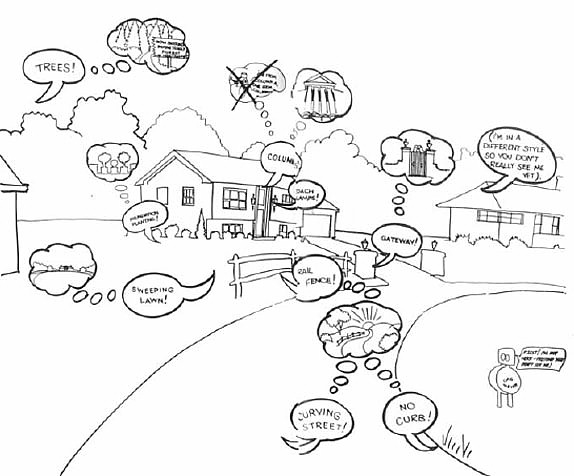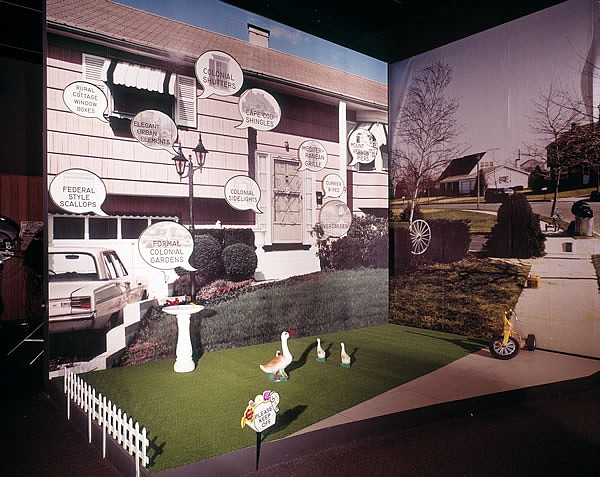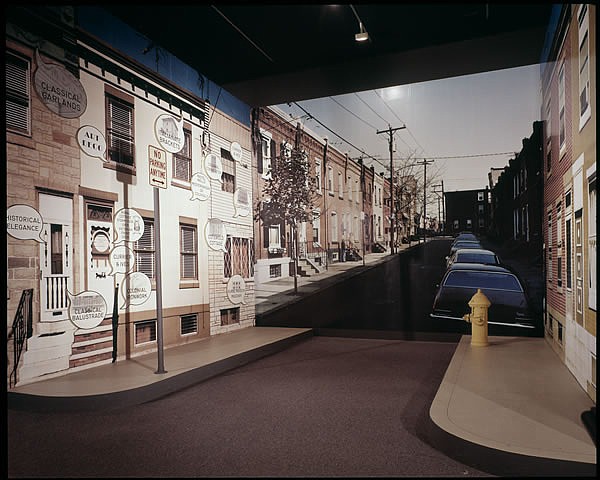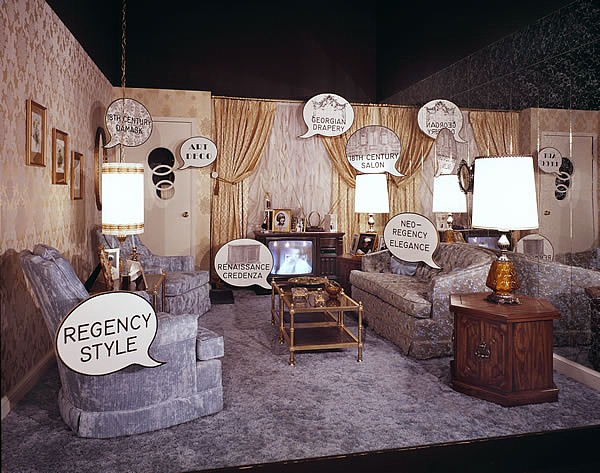2001.05.26 12:42
reading Architecture and Civilization
Yesterday, I borrowed Architecture and Civilization (Elementa vol. 74, 1999) from the library. It is a collection of essays edited by Michael H. Mitias... So far I've read the Introduction and most of the first essay, "Architecture, Art, and Works of Art" by T.J. Diffey. Here's a paragraph from Diffey's text (pp. 12-13) that really struck me:
"Buildings, then are for use: the spectatorial stance of much contemporary aesthetics in the Kantian tradition, in spite of notable protests against it, for example in writings by Arnold Berleant, in so far as this stance prevails, sits ill with the fact that the main point about a building is to use it. This spectatorial stance makes architecture a problem case for aesthetics. It would be better to have things the other way round, that is, to have architecture as presenting problems which aesthetics could solve and not as an art which runs against the grain of current aesthetics. Would that we might learn something about architecture and deepen our understanding of it from the insights of aesthetics rather than have to shift to get architecture to fit the current preconceptions of aesthetics. For it is striking how ill architecture fits these. For example, architecture stirs the passions, for it is intimately bound up with questions of national glory and personal identity. I suffer when a building which has played a part in my life is demolished, e.g., the church where I was married. Against this it has to be said that buildings of personal importance in our lives are often of no architectural importance. Although this distinction is often drawn between personal associations with an object or work and its artistic or aesthetic significance, and I draw it myself, what is less often considered are what the cultural implications of this dislocation are if it is a common feature of our experience. What are we to think of a culture in which we are personally attached to artistically worthless objects and conversely not personally attached to many works of art? What does this tell us about the concepts of art and works of art which are operating in this culture, if this polarity between art and everyday experience is commonplace?"
...there are Venturi, Scott Brown and Izenour who have been championing an aesthetic architecture of the everyday for over three decades now.
2005.10.12 11:58
Jimmy Venturi's new website...
...now you're just showing your lack of V&SB knowledge. Ever hear of "Learning from Levittown" or the "Signs of Life in America" exhibition?
And speaking of "changing times" what institution and museum is today without it's commercialism?
The Best Showroom, by the way, has just within the last month or so been denuded of its porcelain enamel flower pattern panels. After years of sitting derelict, the building is now slated for demolition. VSBA procured most of the panels for themselves; many are going to museums, and one is going to a good friend of mine.
Are architects insecure about getting down-n-dirty with retail/commercial architecture?
| |
2012.01.28 17:50
Looking for Venturi cartoon

The above cartoon does appear in both editions of Learning from Las Vegas.
from Signs of Life: Symbols in the American City exhibition:



The Signs of Life exhibition is further discussed within Architectural Monographs No. 21: Venturi Scott Brown & Associates on Houses and Housing (1992).
| |
2012.01.29 11:39
Looking for Venturi cartoon
To further confuse the issue, see pages 56-58 of The Language of Post-Modern Architecture--interesting theory of movie star homes being "the most influential in popular taste."

For the record, the cartoon above from Learning from Las Vegas is from the "Learning from Levittown" studio at Yale 1970, with the drawing/cartoon by Robert Miller (who might be the inspiration for a fictional client today).
"Following the appearance of Learning from Las Vegas (1972), R. Venturi, D. Scott Brown and S. Izenour had planned the publication of their second Yale research project under the title "Learning from Levittown". This book was never completed, but the research material became the basis for a 1976 exhibition [Signs of Life] in Washington D.C." --Stanilaus von Moos
Eclectic Houses and the Gooding House are both from 1977, and may well be seen as "theory/research into practice." Check out the comparative scales.
And in 1999, hyper-eclectic...
2012.01.29 13:34
Looking for Venturi cartoon
It appears that Robert Miller's drawing/cartoon was first published within Denise Scott Brown's "Learning from Pop" in Casabella, December 1971. "Learning from Pop" was republished within A View from the Campidoglio: Selected Essays 1953-1984, where the drawing can be seen in its full extent--the cartoon above is only part of the original drawing.
If you go to read "Learning from Pop" (within A View from the Campidoglio), also read Framton's response and then Scott Brown's response to the response. Is this the seminal point of "white" versus "gray"?
|